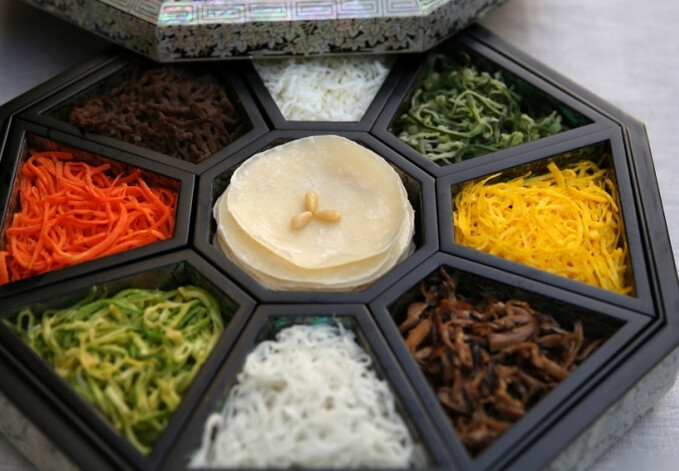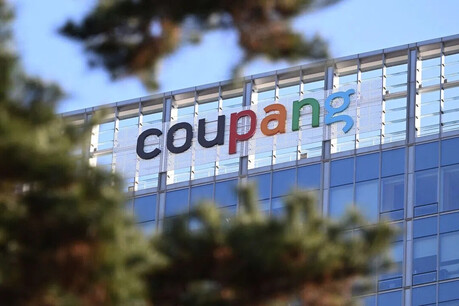
Seoul, South Korea – Gujeolpan, a visually stunning and flavorful Korean dish, has been captivating food lovers for centuries. This traditional Korean appetizer, renowned for its intricate presentation and harmonious blend of flavors, offers a delightful culinary experience.
Origins and History
While the exact origins of gujeolpan remain somewhat obscure, it is believed to have emerged during the Joseon Dynasty. The name "gujeolpan" translates to "nine-section plate," referring to the traditional lacquerware plate divided into nine compartments. Each section is filled with a different colorful ingredient, creating a visually appealing and balanced dish.
Preparation and Ingredients
Preparing gujeolpan requires patience and skill. The process involves:
The Plate: Traditionally, a lacquerware plate with nine compartments is used. However, modern variations often employ ceramic or porcelain plates.
The Wrap: Thinly sliced pancakes, made from wheat flour, serve as the wrap for the various fillings.
The Fillings: A variety of colorful and flavorful ingredients are used, including:Thinly sliced beef, marinated and pan-fried
Julienned vegetables such as carrots, cucumbers, and mushrooms
Thinly sliced egg omelets
Marinated seafood, such as shrimp or scallops
Various types of seasoned mushrooms
Assembly: The prepared ingredients are artfully arranged in the nine compartments of the plate. The diner then wraps a portion of each filling in a pancake and enjoys the delightful combination of flavors and textures.
Cultural Significance
Gujeolpan is more than just a dish; it is a reflection of Korean culinary traditions and aesthetics. The intricate preparation and presentation of the dish symbolize the importance of harmony and balance in Korean culture. Gujeolpan is often served during special occasions and celebrations, making it a cherished part of Korean food heritage.
A Modern Twist
While gujeolpan has deep historical roots, it has also evolved over time. Modern chefs have put their own unique spin on this classic dish, incorporating seasonal ingredients and innovative presentation techniques. Despite these modern adaptations, the essence of gujeolpan remains unchanged: a celebration of color, flavor, and tradition.
Conclusion Gujeolpan offers a truly unique and unforgettable dining experience. Its beautiful presentation and harmonious blend of flavors make it a popular choice for both locals and visitors to Korea. Whether you are a seasoned foodie or simply curious about Korean cuisine, gujeolpan is a must-try dish.
[Copyright (c) Global Economic Times. All Rights Reserved.]





























